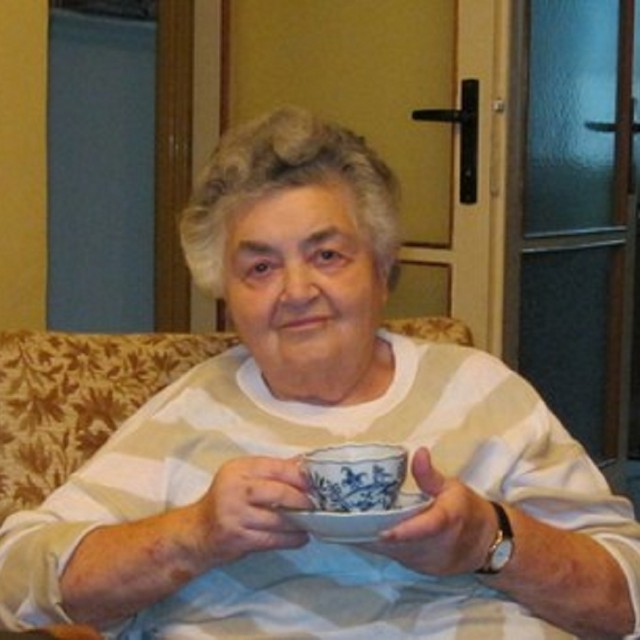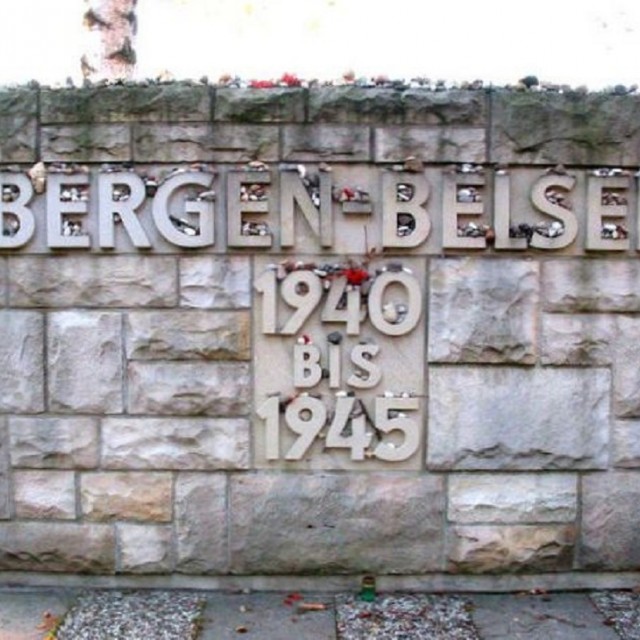The Dying Were Doing Better
A Jewish girl, Herta Coufalová, went through several concentration camps and at the end her miserable journey she arrived, half dead, to the concentration camp Bergen-Belsen. The camp was overcrowded and the living conditions were horrible. “There were no gas chambers, but they did not have to be. People were dying like cattle. Zero hygienic conditions. There was no water and only minimum of food. It was worse than any other camp.” Then the typhus epidemic broke out, and Herta got the most serious type of it. Nobody took care of the ill and dying prisoners, and the SS wardens called them for never-ending roll calls. Herta Coufalová was able to get to the gathering place only with help of her friend Alžběta Priová. “Líza and I were deadly friends. She was the one who saved me from death. When I was really sick she pulled me and people in the row were holding me not to fall.” In April 1945 Bergen-Belsen was liberated by the British army. The soldiers were giving their own food to the malnourished prisoners. But their bodies could not stand it, and some of them died of the collapse. “We dying were doing better though we could not eat. Those, who were relatively fine and ate some food, if you forgive me, it was their death shit.”
Hodnocení
Hodnotilo 0 lidí
Routes
Not a part of any route.
Comments
No comments yet.



